A needle is the most essential tool in any sewing kit. It is a small, slender, pointed metal instrument used to stitch fabric, leather, or other materials together.
The needle is also a symbol of the art and craft of sewing, and its design has evolved over time to suit different types of sewing and materials.
The History of Needles
Needles have been in use for thousands of years. The earliest known needles were made from bone, ivory, or animal horns and were used for sewing animal hides.
These needles were made by sharpening one end of a thin stick and rounding the other end to create an eye for the thread to pass through.
As human civilization advanced, so did the art of needle-making. Needles made of bronze, copper, gold, and silver have been found throughout history.
It was during the Middle Ages when needles made of steel became popular. The Industrial Revolution then introduced the mass production of needles in the 19th century,
making them more affordable and accessible to the general public.
The Anatomy of a Needle
A simple needle has three main parts: the eye, the body, and the point.
The eye is the hole at the top of the needle where the thread passes through. Needles can have a single eye, like those used for hand sewing,
or multiple eyes, like those used for embroidery and beading.
The body refers to the length of the needle, which can vary depending on its intended use.
For instance, sewing needles have longer bodies compared to needles used for embroidery.
Lastly, the point is the sharp end of the needle that penetrates through the fabric.
Types of Needles
Different sewing projects require different types of needles. Some of the most common types of needles include:
- Sewing Needles: These needles have longer bodies, a sharp point, and a larger eye to accommodate various types of threads.
They are used for everyday sewing projects and come in different sizes for different types of fabrics. - Embroidery Needles: These needles have a long eye and a sharp point, making them ideal for embroidery and decorative stitching.
- Beading Needles: These needles are very thin and have a small eye, making them perfect for sewing beads and sequins onto fabric.
- Quilting Needles: These needles have a shorter body and a sharp point, making them perfect for hand quilting projects.
- Leather Needles: These needles are thicker and stronger compared to regular sewing needles. They have a triangular point that can pierce through leather without tearing it.
Caring for Your Needles
A good quality needle can last for a long time if properly cared for.
Here are some tips to extend the lifespan of your needles:
- Always store your needles in a needle case or a pincushion to prevent them from getting lost or damaged.
- When using, be mindful of the pressure applied to the needle. Too much force can bend or break the needle.
- After using, wipe the needle clean with a soft cloth to remove any dirt or dust.
- Do not share needles with others as this can damage the tip and increase the risk of transmitting bloodborne diseases.
- Replace your needles regularly, especially if they become blunt or bent.
Conclusion
In today’s world of advanced technology and sewing machines, it is easy to overlook the humble needle.
But, as any experienced seamstress or tailor will tell you, the quality of your needle can make or break your sewing project.
So, invest in good quality needles and take good care of them to ensure you have smooth and enjoyable sewing experiences.
As the saying goes, “a stitch in time saves nine”, and a good needle is what makes those stitches perfect.
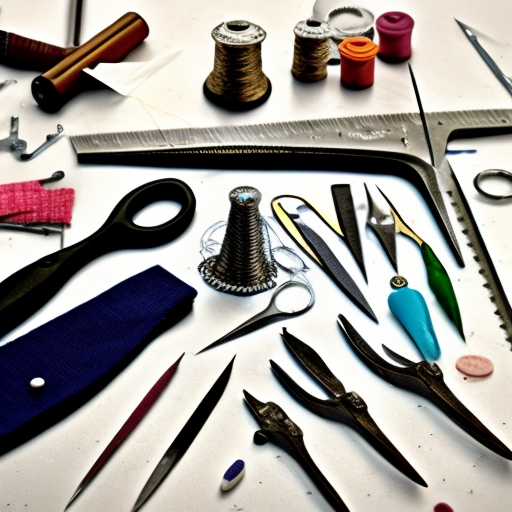


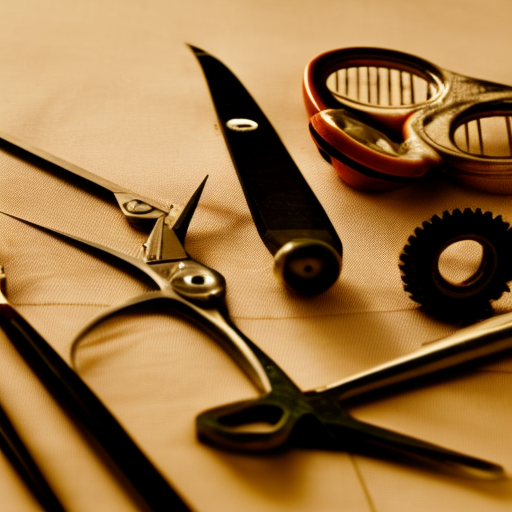
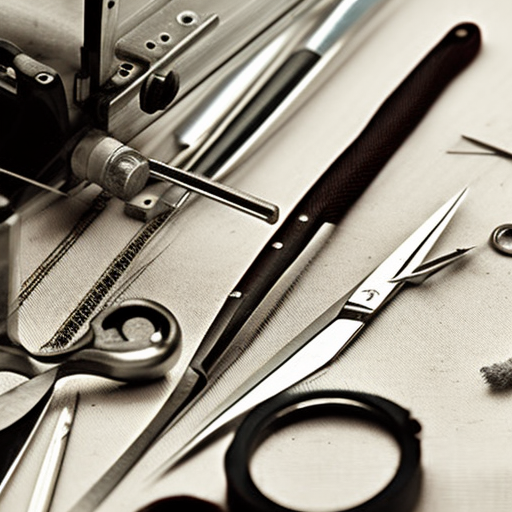
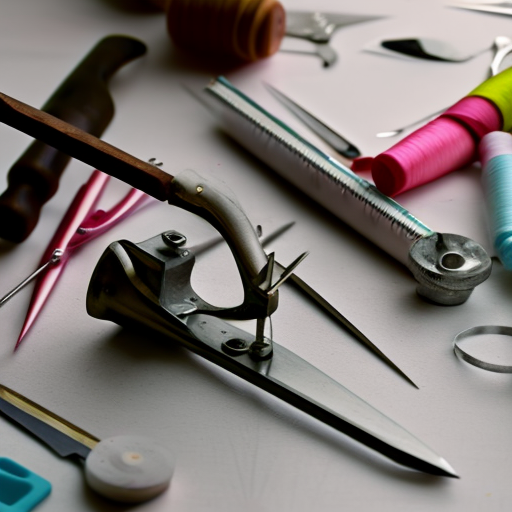
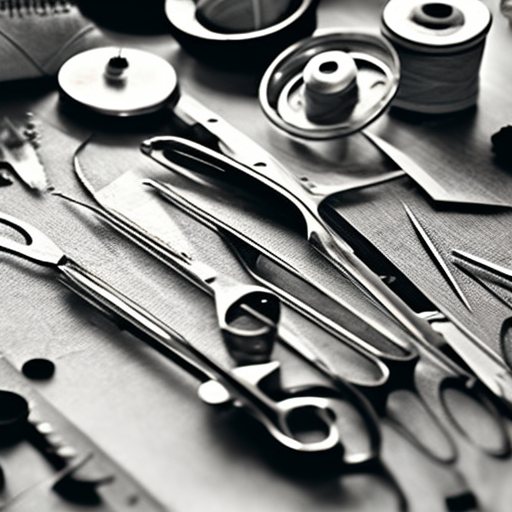
I love to stitch with needles! #sewinglove
Patricia Lopez: So many tools and techniques to use!
An essential tool for sewing – needles can create a wide variety of fabrics, stitches, and fabric patterns! #sewingmagic
Enjoying the creative possibilities needles create! #stitchlife
I’m excited to explore the world of stitching with needles! #sewready